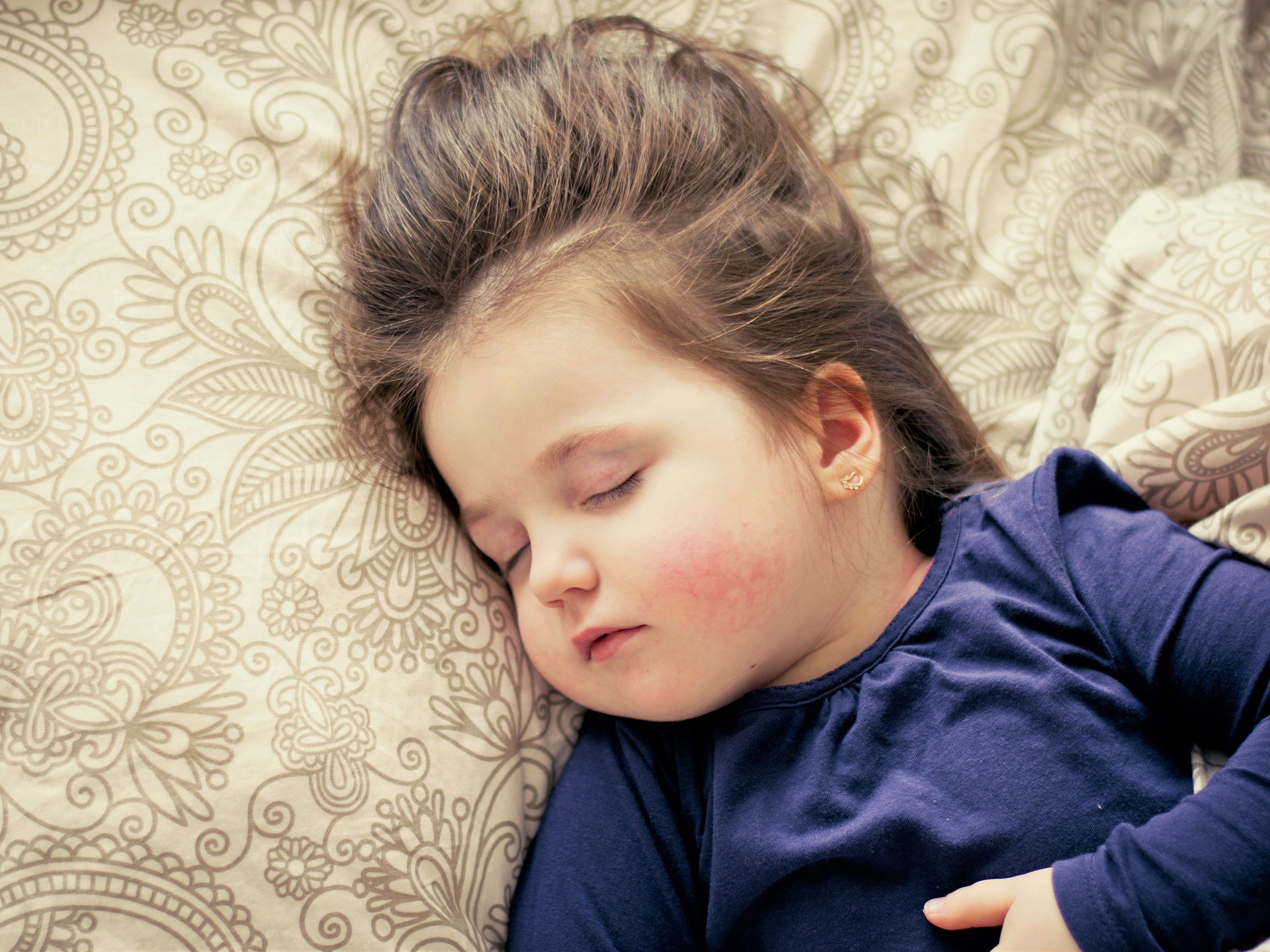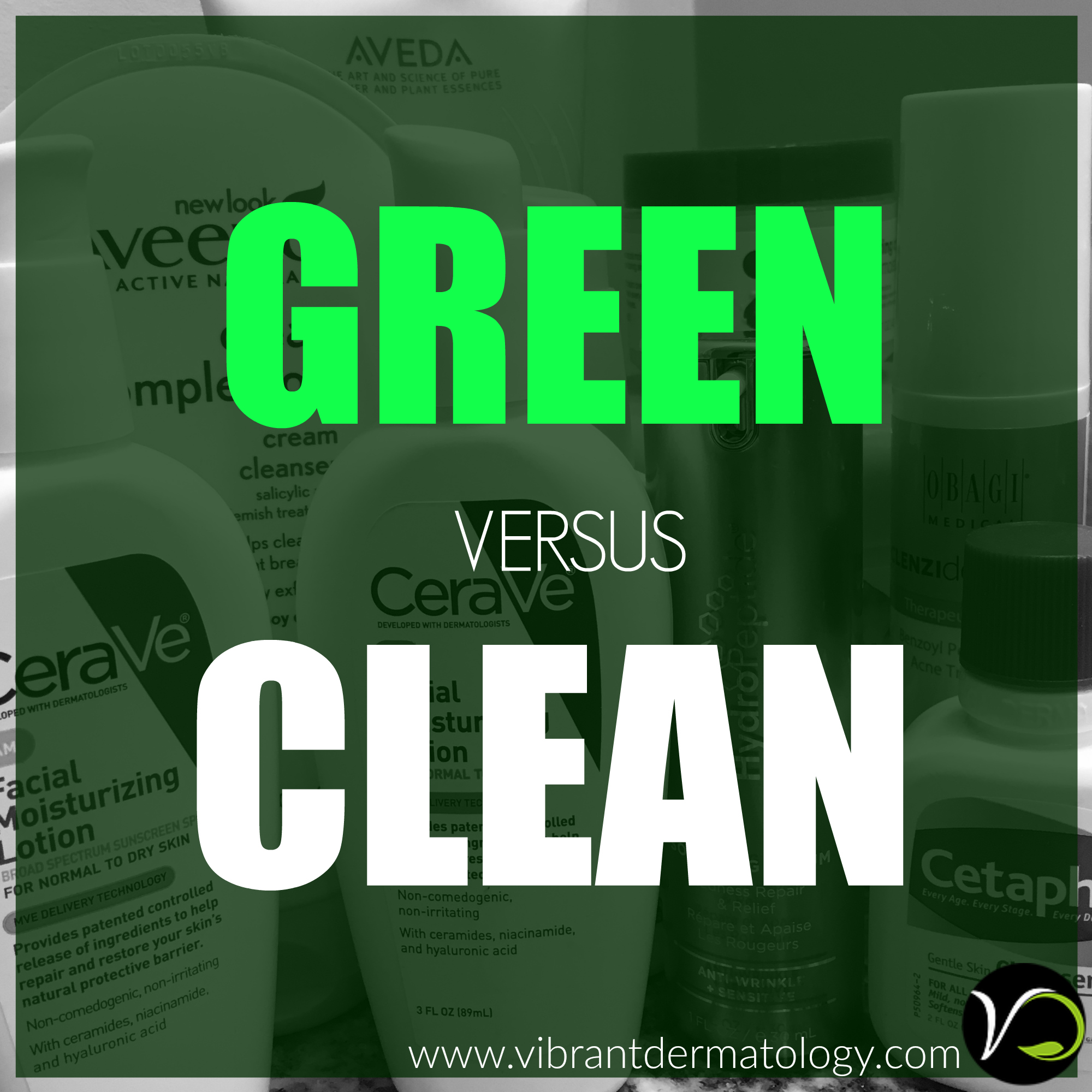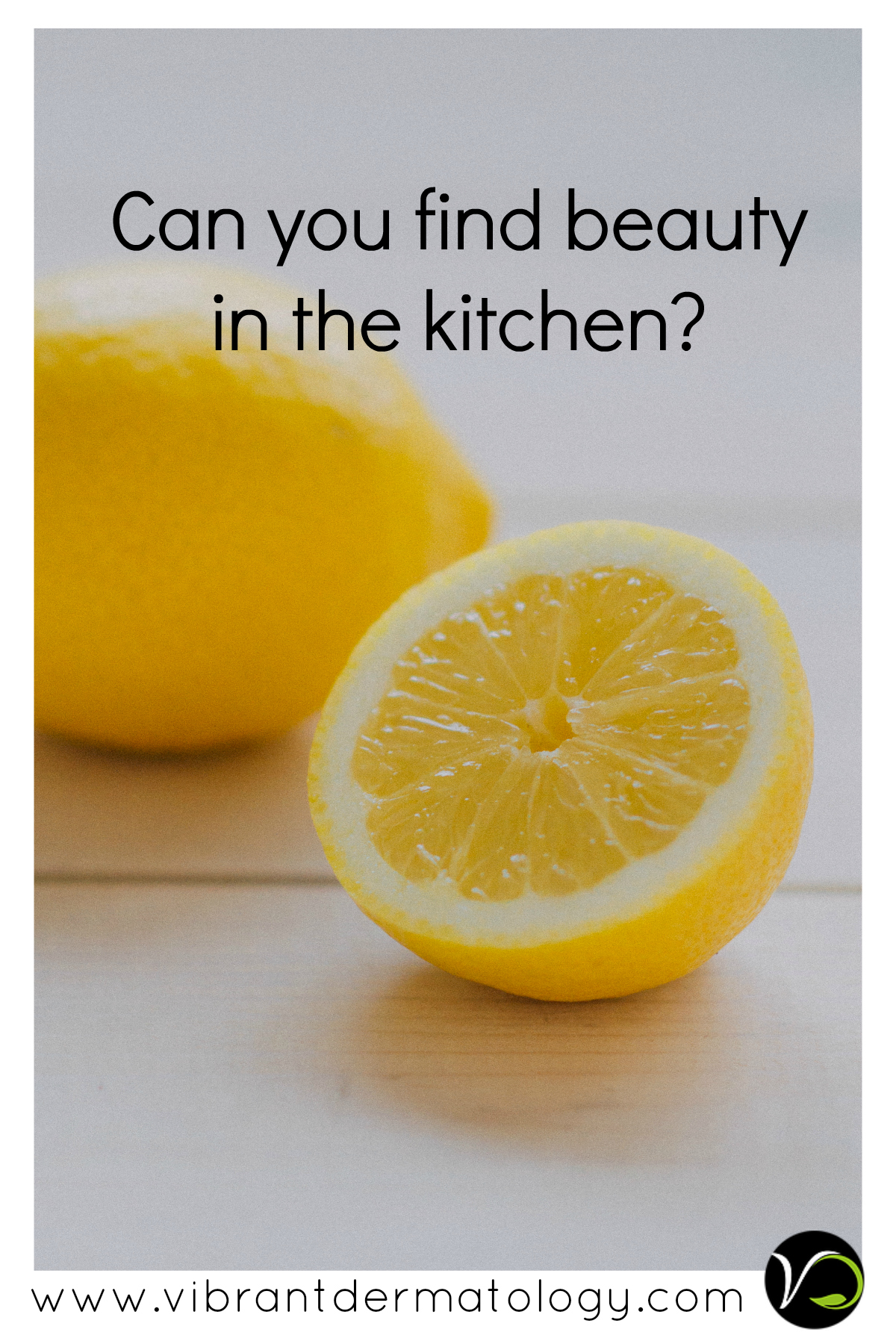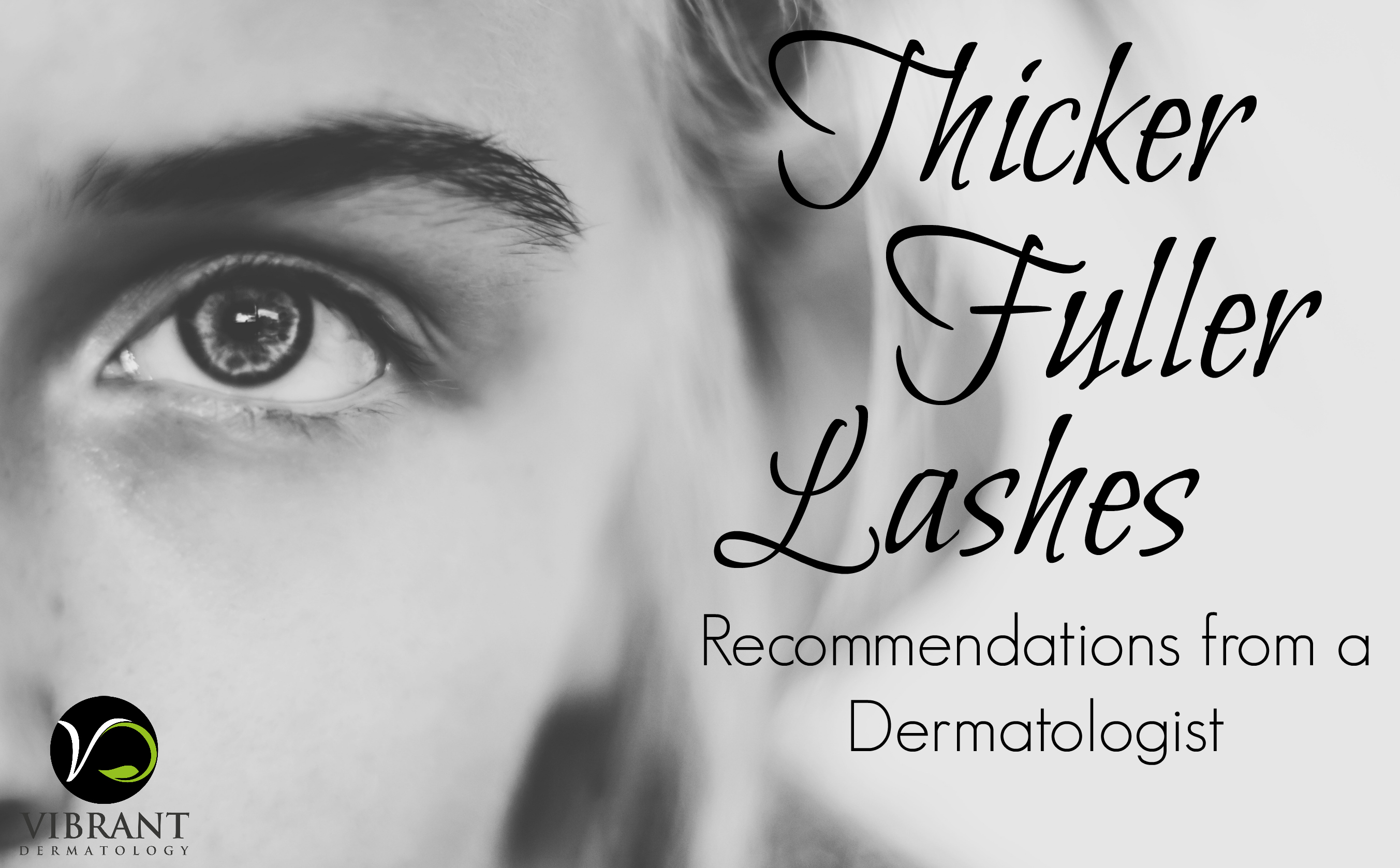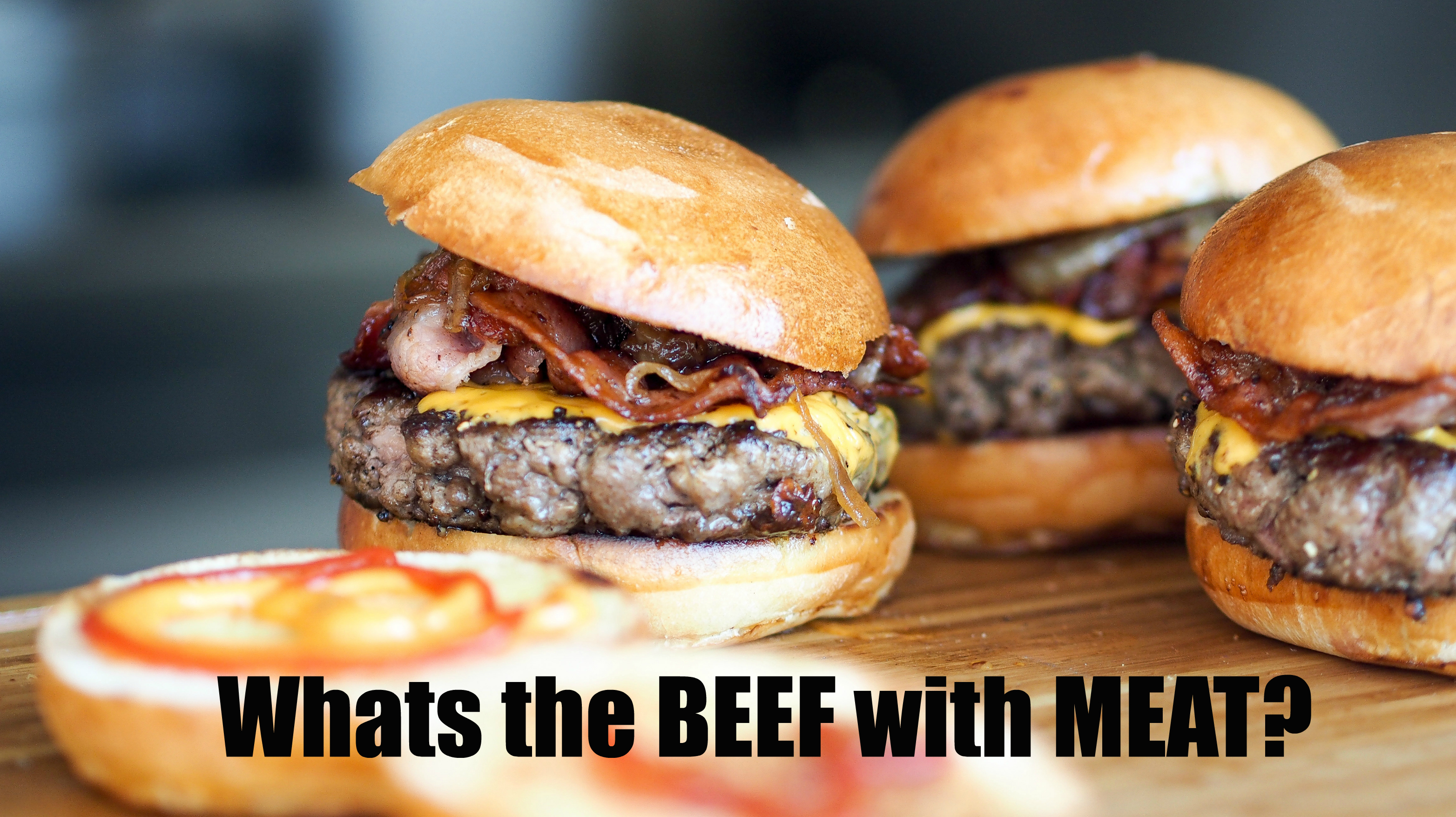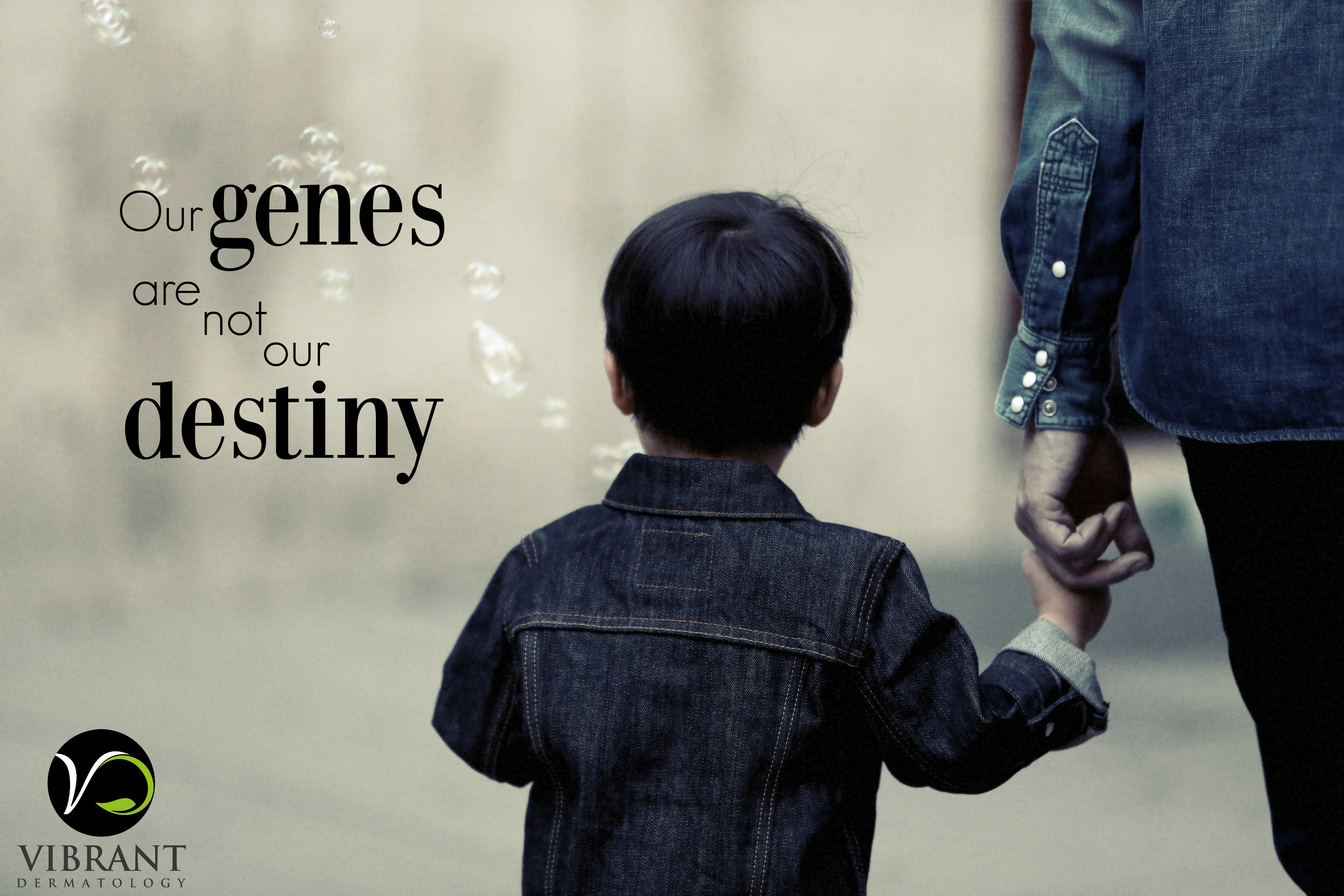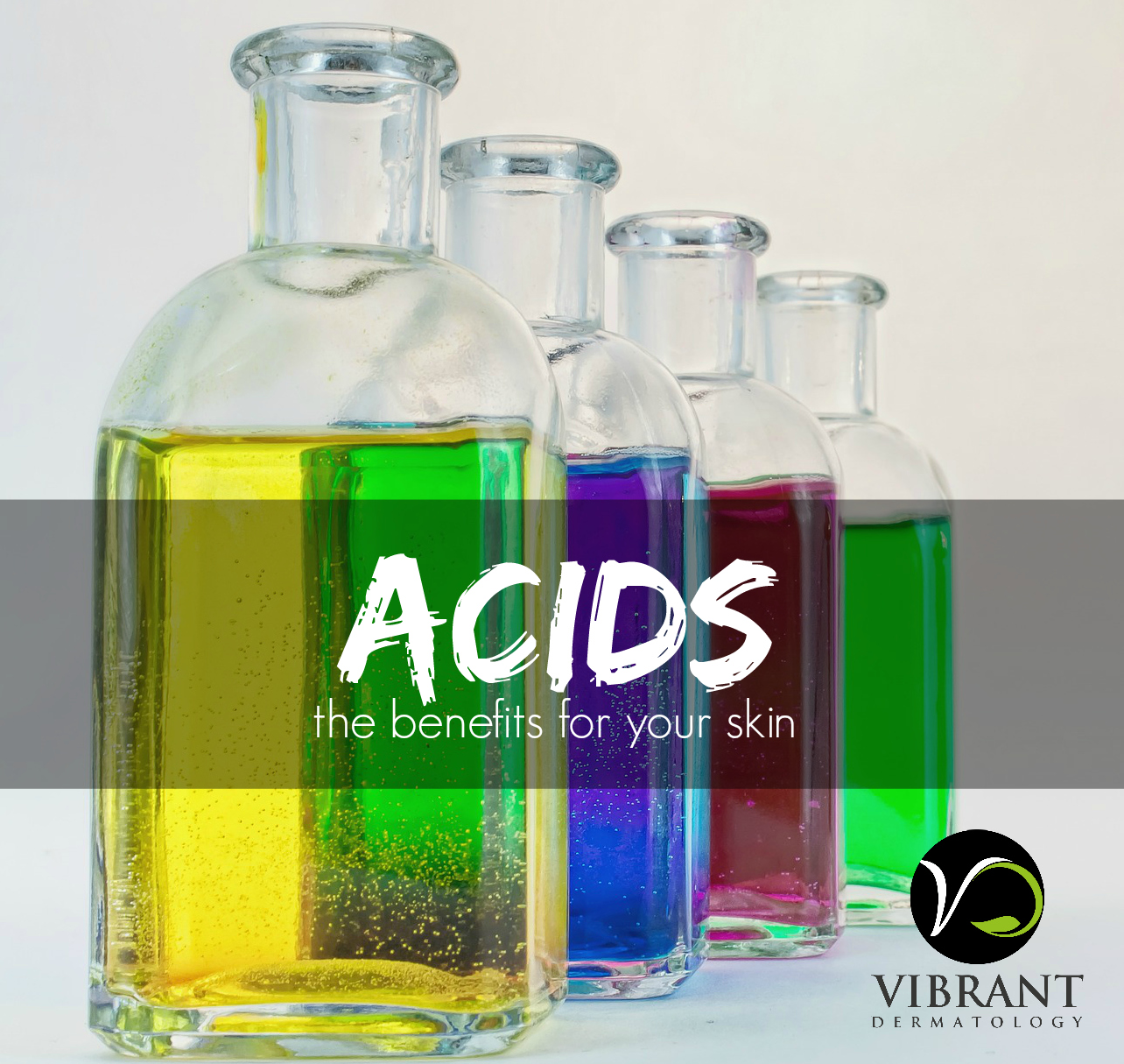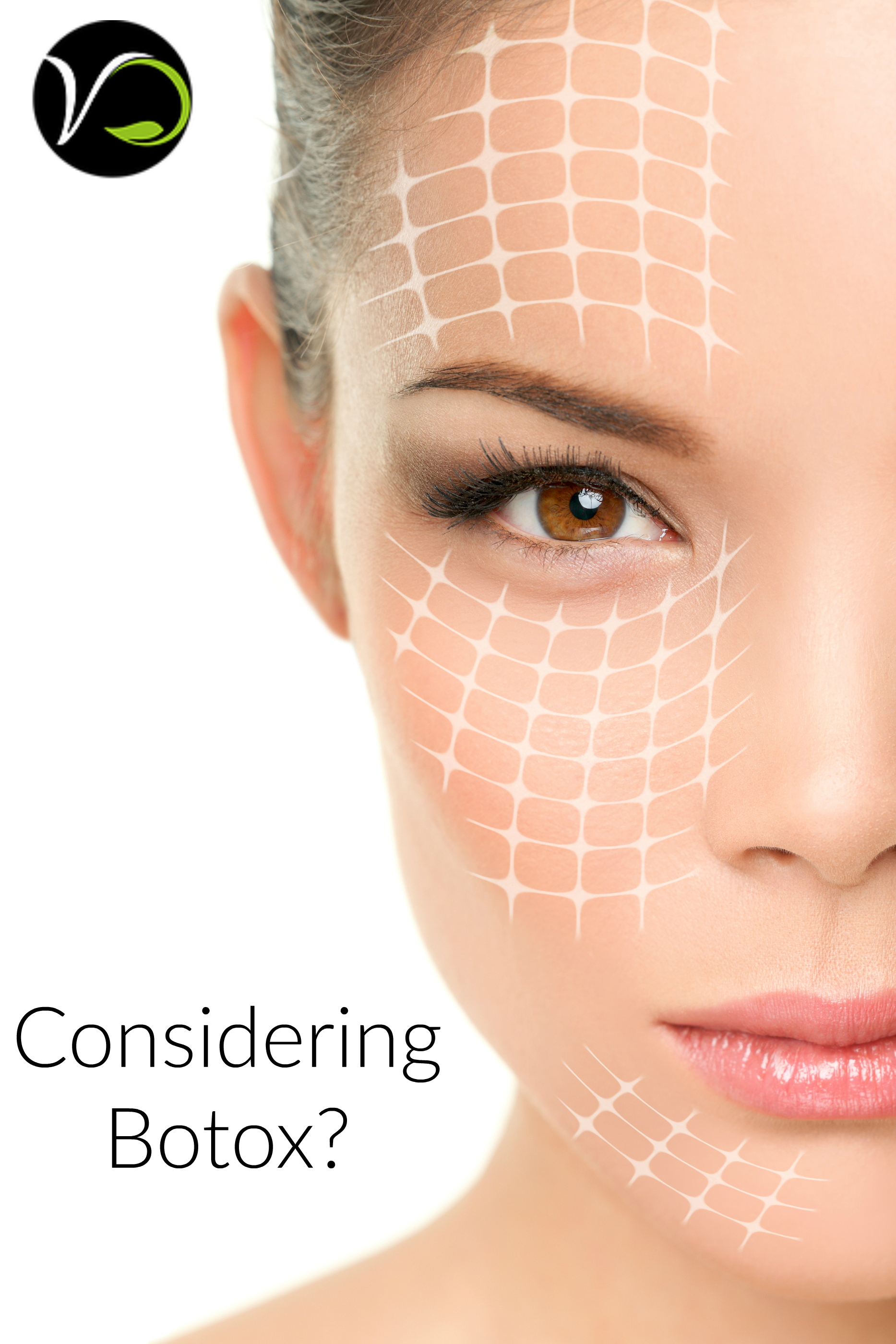Eczema is a chronic itchy skin condition that can range from very mild to severe. Several things cause eczema, but one of the most common causes of eczema is atopic dermatitis. Atopic dermatitis is a hereditary form of eczema. When my daughter was about 5 months old, she started to develop itchy rashes on her cheeks and on the back of her legs. Because I was a dermatologist in training, I knew that she had eczema. Babies who have eczema usually have a family history of hay fever, allergies, or asthma as they are all genetically related. While my husband and I did not have eczema, we did have a family history of asthma and hay fever. It can be very difficult to prevent atopic dermatitis, but a good skin care routine can help to minimize the severity of this skin condition. Eczema can affect anybody, but it is particularly heartbreaking to see babies and young children suffering. At age five, my little on still has mild to moderate eczema. The good news is that many kids will grow out of their eczema… and I am hopeful that she will too. In the meantime, we are practicing excellent skin care, which allows her to have a great, active childhood.
As your child grows, you will find that the location and appearance of eczema might change. In young babies, eczema will be most prominent on the cheeks, forehead, and scalp. By 6 to 12 months of age, it will be worse on crawling surfaces (elbows and knees). Around age two, it will involve the creases of the elbows and knees, wrists, ankles, and hands. It is important that you try to protect any inflamed areas from scratching – I suggest socks on your child’s hands (especially when sleeping) to help with this.
Treatment Plan
For babies and children with mild eczema, I always recommend starting with a gentle, non-medicated approach. You need to treat both the skin dryness and the inflammation. In kids with eczema, dry skin is itchy skin. I always liken eczema to a forest fire. Dry leaves and brush catch on fire, moist leaves do not. Kids with eczema have a very difficult time retaining moisture on their skin, and so we have to help them with that.
If you have a child that suffers from eczema, the following routine should help improve the condition of their skin:
- I recommend bathing every other day, rather than daily. As I mentioned, kids with eczema can’t retain skin moisture. When we bath, we open our pores and moisture escapes from our skin, as a result, more frequent bathing will make atopic skin WORSE. My daughter has always loved her bath time, so we let her bath every other day for as long as she likes. On the days off, we use a soapy washcloth to wash the stinky areas. If you feel strongly about a daily bath then make sure to keep it short, lasting about 10 minutes. Limit the use of soap, bubble bath, Epson salts and other bath products with fragrances. Johnson and Johnson is not my favorite for kids with this sensitive skin. Avoid anything that will be rough on the affected skin (loofahs, rough washcloths, etc.) and use a cleanser that is gentle and doesn’t contain any dyes or perfume (like CeraVe Hydrating Baby Cleanser or Aveeno fragrance free baby wash).
- Immediately after bathing, gently dry skin with a soft towel and then apply a thick layer of moisturizer to the affected areas. Babies with eczema have decreases levels of ceramides on their skin. Ceramides are proteins that keep water inside of our skin. There are now wonderful products on the market that contain ceramides in a hypoallergenic cream or ointment. I love CeraVe Cream and Aveeno healing skin ointment. Atopics needs creams and ointments, as lotions are mostly water and can evaporate quickly. You should be moisturizing twice daily, if your child will allow you. My daughter will only let me moisturize her skin once a day! However, when I do, I double up –I apply a cream like ceraVe and seal it in with Vaseline.
- If you find that saliva from drooling is causing additional irritation, applying an ointment like Aquaphor or Vaseline will help to prevent direct contact with saliva and decrease irritation.
Treating with medication
If the treatment plan above does not show improvement, your child may require medication. As a clean/naturally inclined dermatologist, I recognize that this may be very challenging to accept for some of us. However, I cannot stress the importance of treating when indicated. Untreated severe eczema can result in severe skin infections that can put young babies in the hospital, even the intensive care unit. When treatment is indicated, I always recommend seeing a dermatologist. We are specifically trained to choose the safest medications for young babies. Sometimes babies may need oral antibiotics if they already have skin infections as a result of eczema. In cases of moderate to severe eczema, steroid creams might be required. When used appropriately, steroid ointments are safe. Always use the mildest form of the product that controls the eczema and only apply to affected skin.
Diet
Some parents believe that there is a link between a particular food and their child’s eczema but most infant eczema is unrelated to diet. If your child gets hives (red, itchy swollen skin bumps) within one hour of eating a specific food, this is a sign of a food allergy and this food should be avoided until you speak with your child’s doctor. In most cases, skin will improve by using the treatment techniques described above but you should always consult with your pediatrician and/or a board certified dermatologist if improvements are not noted.
If your children have suffered from eczema I would love to hear how you have treated it! Share your story below or email me at info@vibrantdermatology.com.
If you want to read more on this topic, check out my latest post: Eczema and Food Allergies.
Follow along on Facebook for more skin tips, updates and giveaways!
African American Dermatologist

